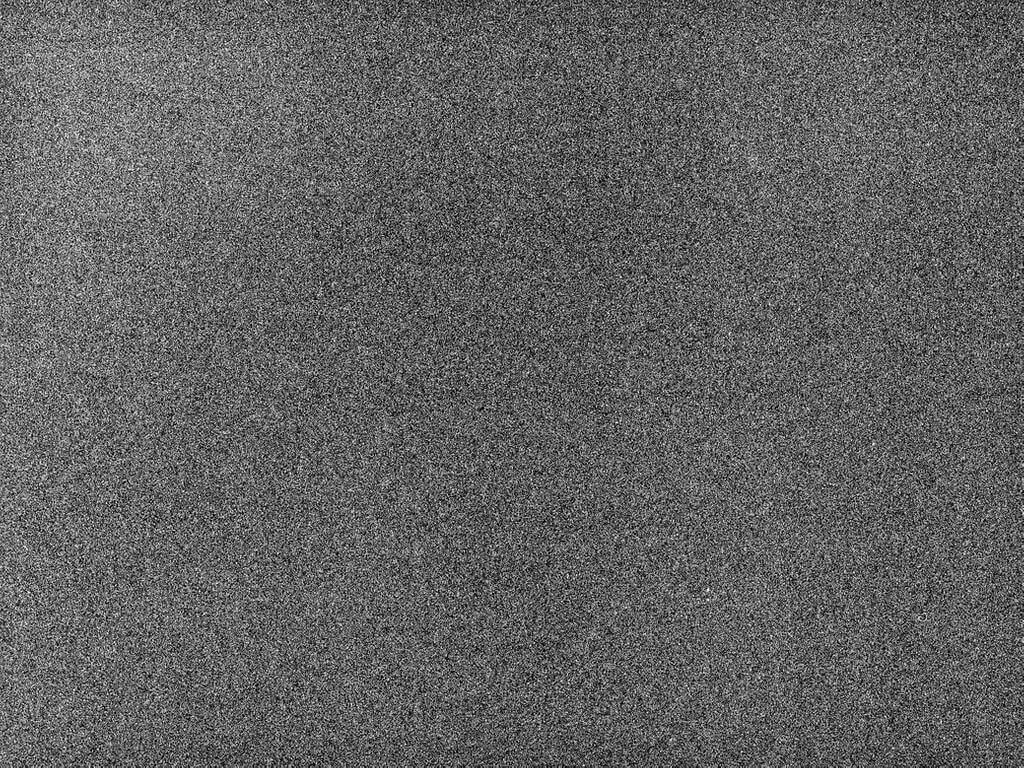In a world where almost everything you see is digitally shot, the priority is now “clean” images with high resolution and sharp edges. For a lot of filmmakers and fans lamenting the death of celluloid, one of the key attributes missing is something we’ve nearly forgotten: film grain. The textured look of cinematic film grain is what gives celluloid film personality, depth, and dynamics. The irony is now that digital filmmaking has nearly perfected the “clean” image, some filmmakers are adding film grain texture in Post-Production. So, what is film grain and why are some directors bringing it back? Let’s find out.
Overview
The definition of film grain
You might recognize film grain texture as specs on an image, hence why it gets the name “grain.” You might also think it looks like distortion or film noise, a term more often used when referring to digital images. But let’s take a look at the film grain definition:
FILM GRAIN DEFINITION
What is Film Grain?
Film grain is the random physical texture made from small metallic silver particles found on processed photographic celluloid. Also known as granularity, this can vary in size, not just due to its random nature, but by the size of the image shrinking or increasing “grains.”
Film noise is another term that gets used when talking about analog film grain. However, film noise more accurately defines what you might see at the beginning or end of an actual film reel. This is the quick, sputtering, noticeable specks and hairs that often indicate the reel has ended or is beginning.
Film Grain Characteristics:
- "Grainy” images, featuring specks.
- “Noisy” looking texture on an image.
- “Warm” texture to an image.
A Bit of Science
What is film grain on physical film?
If you’re shooting anything using physical celluloid, you will be capturing film grain texture. As it is an inherent component of film, the grain will always be there. How noticeable it will appear depends on a few things specific to cameras, techniques, and film stock.
You can get an idea of what this looks like in this example.

Grain Example
All those specs are part of the natural analog film grain process, something that will always show up on physical film stock. Whether that grain is very noticeable or barely there is determined by other matters.
While shutter speed and aperture can affect grain structure, your camera’s ISO is likely to be the biggest determining factor. The higher your ISO, the higher your chance to noticeably feature grain or film noise, if you're shooting digitally.
If you’re shooting something with a lower ISO, there is a lower chance of grain being noticeable. A lower ISO is recommended in almost every lighting scenario, especially well lit environments.
But while film grain texture is enhanced with a higher ISO, your chances of capturing blur are decreased. So if you want to capture something with as minimal blur as possible, noticeable grain might be a risk you need to take.
Ultimate Guide to ISO • Subscribe on YouTube
Higher quality film stock also has a lower chance of giving your image grain. So, if you were shooting something on 16mm, you are going to have a much grainer image on your hands. If you instead shot something on 65mm film stock, your grain will be much finer and less of a distraction.
This is a major reason why some past movies shot on higher film stock, as the grain would prove to be too much when presented. This is also why some filmmakers shoot on higher quality film stock today, and why processes like IMAX are so attractive for big budget blockbustersRelated Posts
Digital noise
What is film grain in digital cinema?
With the advent of digital filmmaking, the look of cinematic film grain has not gone away. In fact, it is now easy to include in your movie, thanks to the power of modern technology being able to render film grain texture. Of course, this is not actual grain, as digital cameras don’t have photochemical particles that make up the grain. But for some people, it’s the look that matters.
Adding grain to a contemporary digital production can help give off a very specific feeling or mood. If your film is set back in the 20th century, grain texture can help give off that feeling more than a straight digital look would. Additionally, grain can add an otherworldly texture to your imagery. Take a look at how grain texture was used in Panos Cosmatos’ digitally shot Mandy in the Nerdwriter video below.
What is film grain to director Panos Cosmatos?
Film Grain Texture
How to add grain in Post
Depending on who you are and what you want to accomplish, you may see grain as “very cool” and something that could add to your production. Whether it’s a photo that could use some more texture, or if you’re interested in emulating a specific look, there are options out there for adding grain or film noise to your images.
Digital video noise in Adobe
Many popular tools, such as Adobe, provide filmmakers from all walks the ability to add grain to their movies. While it’s ultimately an aesthetic choice, it’s also one contemporary filmmakers should have access to. If the big shots in Hollywood want to use it with their digital cameras, why can’t the rest of us?
UP NEXT
What is ISO?
Now that we’ve looked over grain, you can take a closer look at ISO, which always plays an integral role of how a film looks. Our article on ISO goes in-depth with definitions and many examples to help you get a clear picture on what it means for photography.
Up Next: What is ISO? →
Showcase your vision with elegant shot lists and storyboards.
Create robust and customizable shot lists. Upload images to make storyboards and slideshows.
